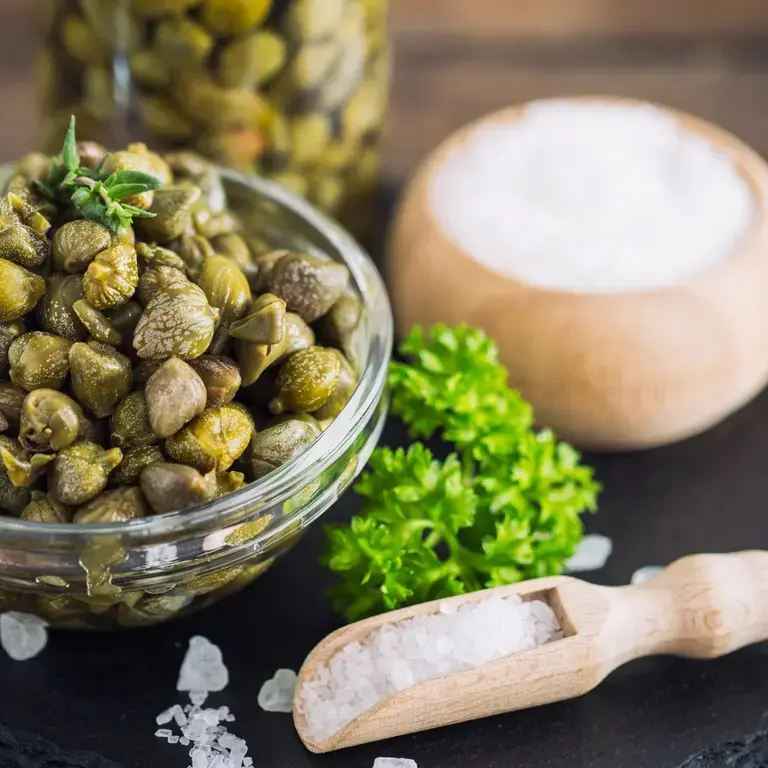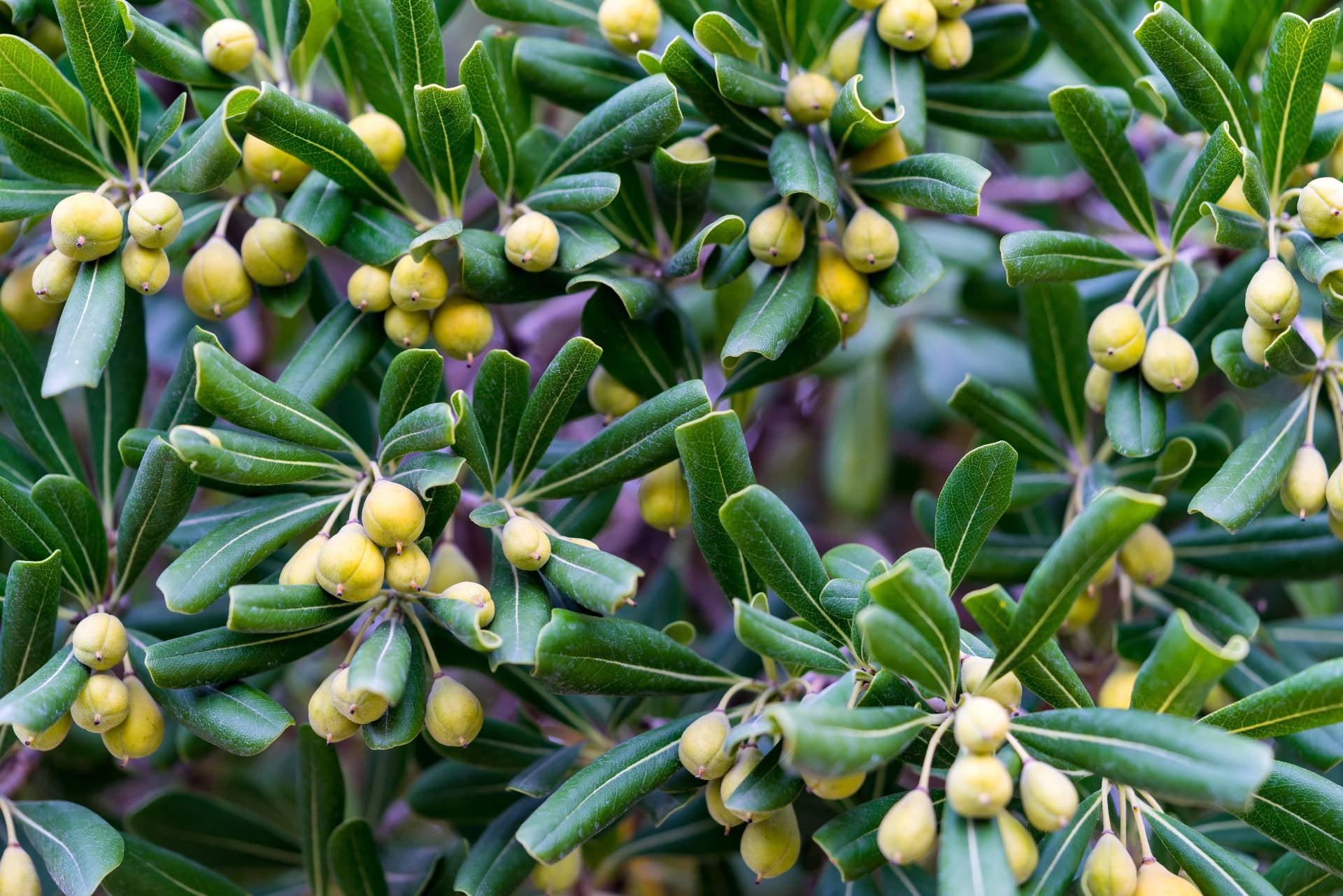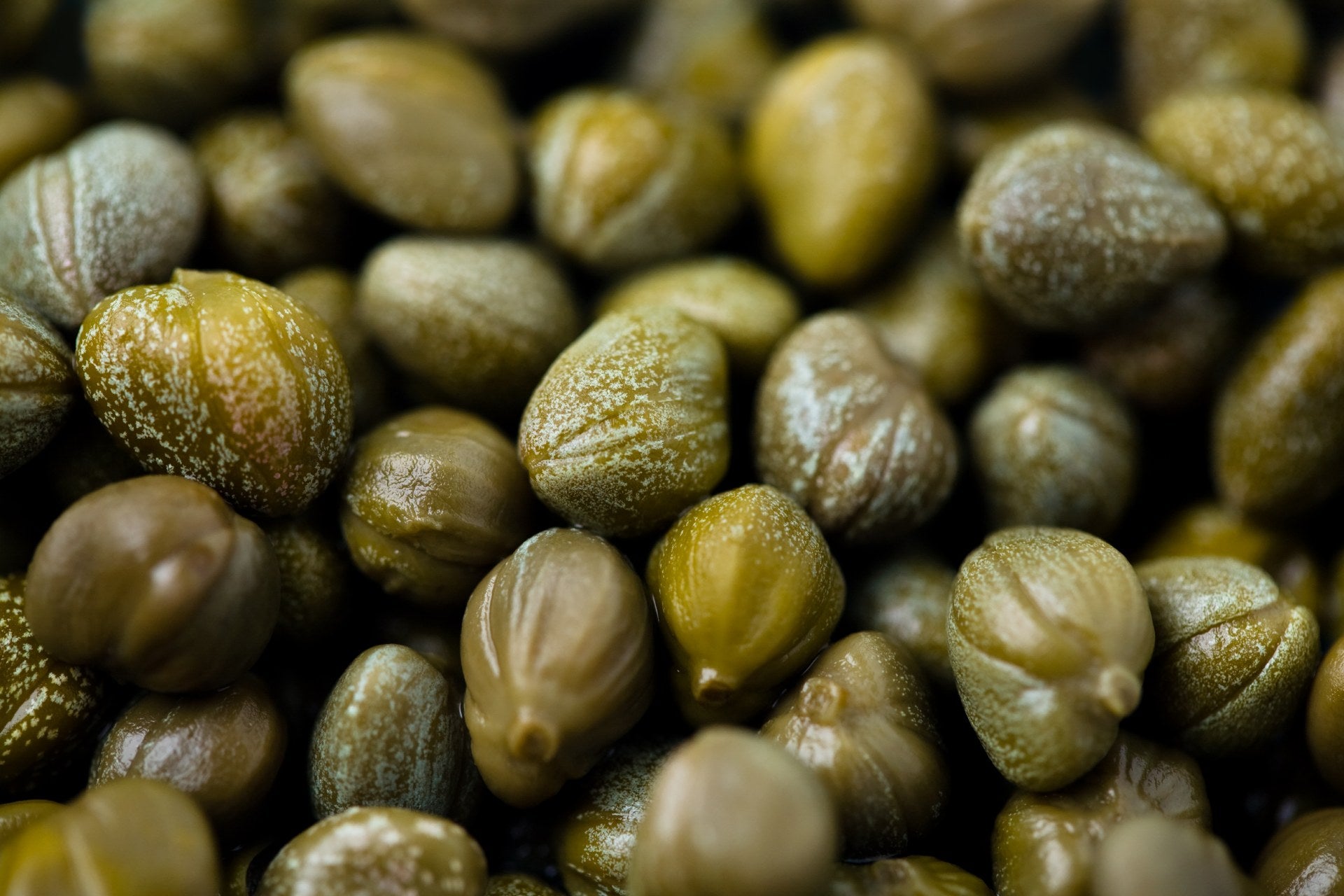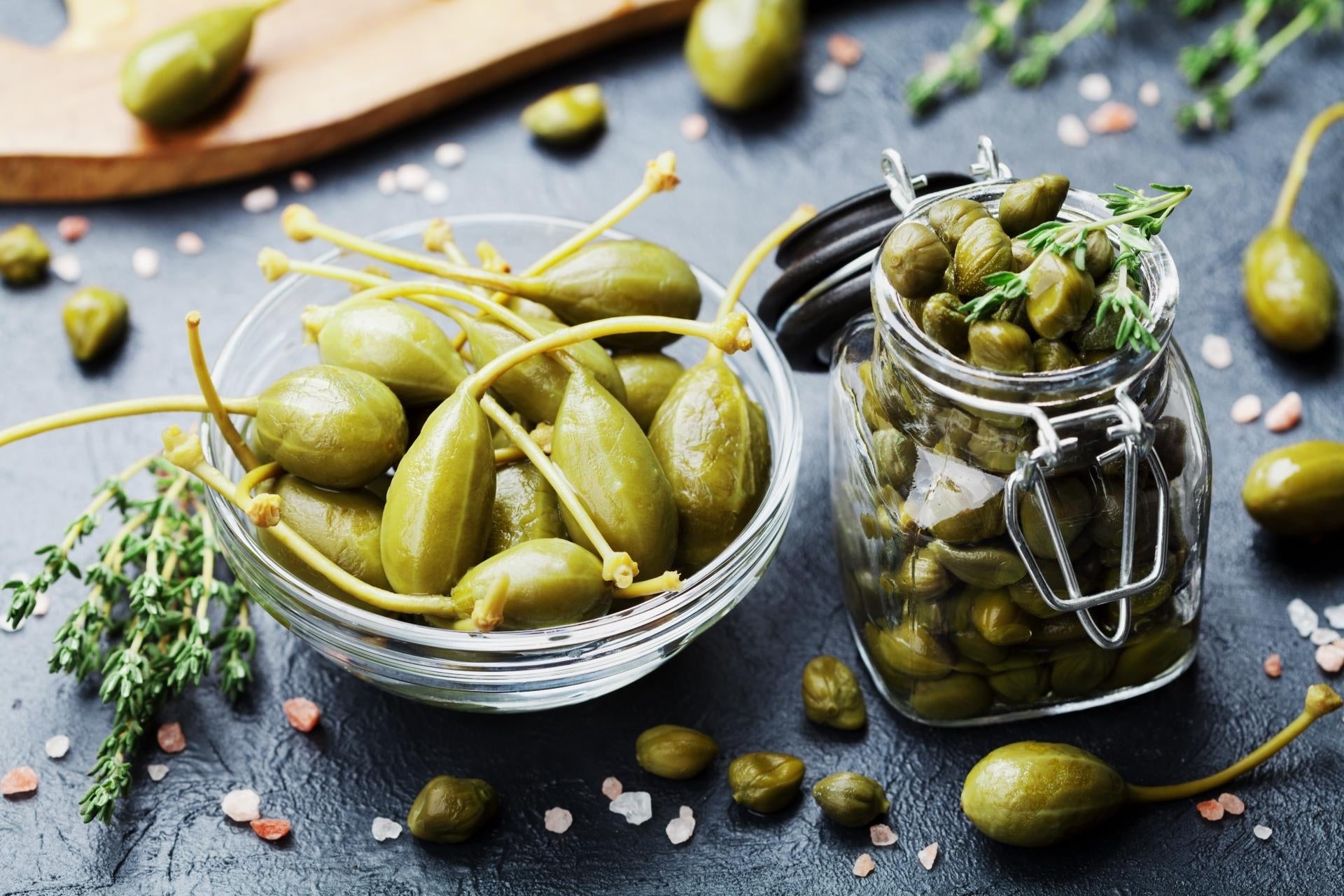Capers are a must if you enjoy briny, salty pops of flavour. But what are these little green things?

Photo: iStock
Everything you need to know about capers
Popular in Mediterranean cuisines but used globally, capers add a burst of salty, funky brightness to savoury dishes. It's best to add them at the end of cooking, like fresh herbs, for the best flavour and texture. You'll usually find capers paired with lemon, complementing their natural lemon-olive flavour. Just like pickles or lemon juice, capers can cut through richness in high-fat dishes. Mix a few tablespoons of roughly chopped capers into tuna salad or the yolk mixture of your deviled eggs. They can also be fried and served as a crunchy salty garnish or chopped finely and added to dressings and sauces. Capers are also delicious when paired with seafood, like lox on a bagel or smoked salmon pasta – the burst of salt and acid goes very well with rich fish like salmon.
Capers are prominent in Italian dishes such as chicken piccata and pasta puttanesca.
The French add them to skate meunière with browned butter, and they are a key ingredient in a variety of Spanish tapas. In India, they pickle the fruits and buds of this plant. In the US, they are used to add acidity to New York-style bagels with nova lox and cream cheese. These tiny, green buds lend a tangy, sour, and salty flavour to many other recipes, and you can experiment with pairing – here are a few delicious ideas for you.
As capers are very salty – unless you rinse them first – do not salt your dish until you have tasted it with them. As an alternative, rinse the capers for one to two minutes to remove the outer salt or soak the capers in water in the refrigerator for three to four hours to remove even more salt.
Due to their strong flavour, capers should be used sparingly – especially the larger ones – to avoid overwhelming a dish. Larger capers should be chopped before use.
The caper brine can also be used – try it in place of olive juice in dirty martinis, add some to mayo-based dressings as an alternative to vinegar or citrus juice, or pickle raw vegetables with it.
How can you substitute capers?
Capers and olives aren’t too dissimilar, so there’s always that option. Green olives in particular can make a good substitute if you chop them up to the same size as capers. Pickled artichoke hearts also have a similar sharp flavour and consistency to capers. Despite being very hard to come by, pickled nasturtium seeds also make a good caper alternative.
This article was updated on 03/04/2023.











